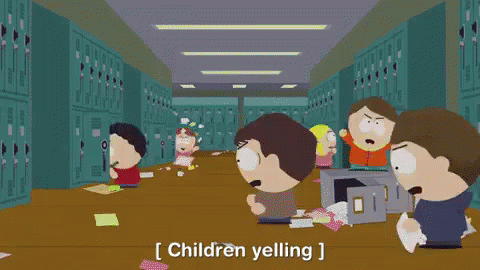SUFFER THE LITTLE CHILDREN –
Mar. 23, 2022 – Last June, researchers from Texas Children’s Hospital and Baylor College of Medicine documented six unusual cases in the journal Movement Disorders. The subjects were teenage girls between 13 and 16 who had started having “abrupt-onset tic-like movements.” The tics were puzzling because Tourette’s syndrome and other tic disorders — characterized by involuntary and repeated movements or sounds — are far more common among boys and tend to first appear in early childhood with small movements; the girls’ movements, though, were large, accompanied by vocalizations and had other unique traits. Among them: The girls all described having watched TikTok videos of tics before their symptoms began, suggesting the potential spread of a social contagion.
Indeed, the C.D.C. last month reported a pronounced increase in similar tics based on evidence from a source never before used to assess specific mental-health conditions among the nation’s children: emergency-room data. For girls ages 12 to 17, the proportion of visits to the E.R. for tics nearly tripled during the pandemic as of January 2022. Visits also doubled for eating disorders, and there were increases related to anxiety, trauma and stress and obsessive-compulsive disorders.
These findings, particularly the rise in what have been called TikTok tics, have received considerable media coverage. But “equally striking,” says the lead author, Lakshmi Radhakrishnan, a health scientist at the C.D.C., is the marked but less widely discussed decrease in mental-health visits by adolescent boys.



